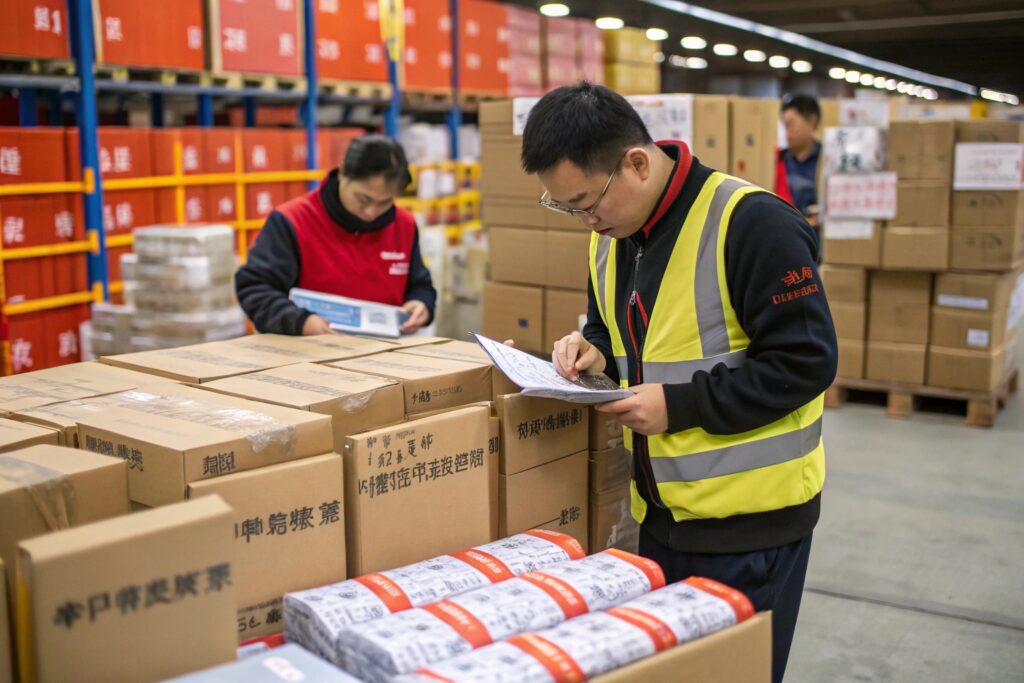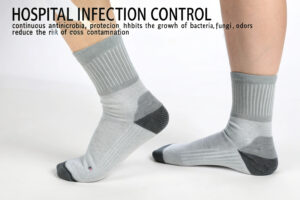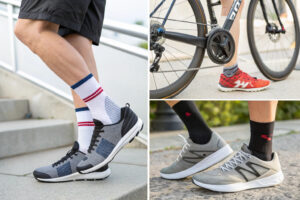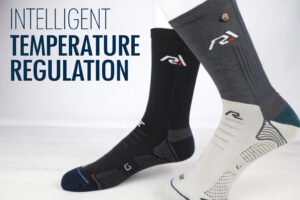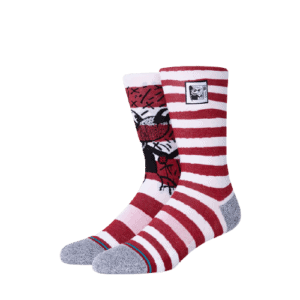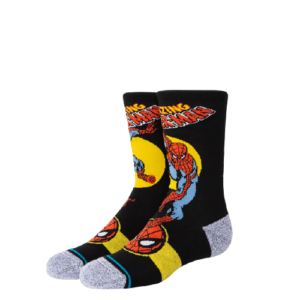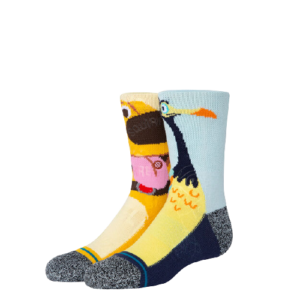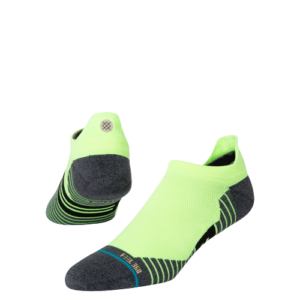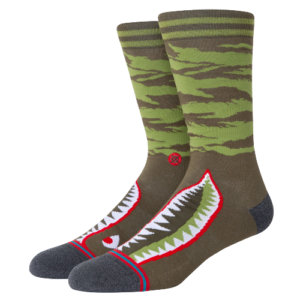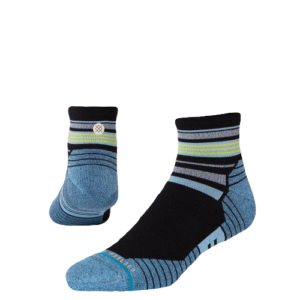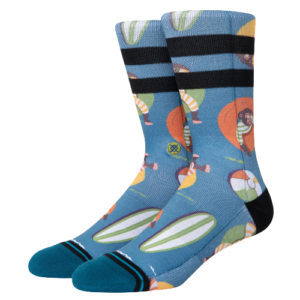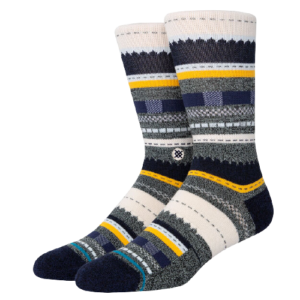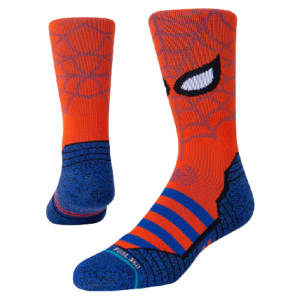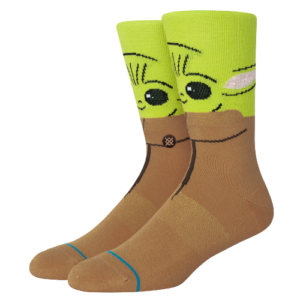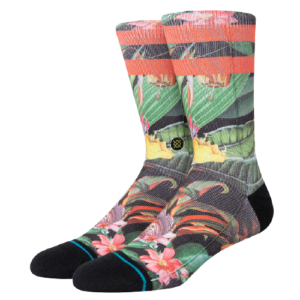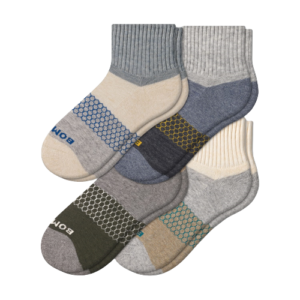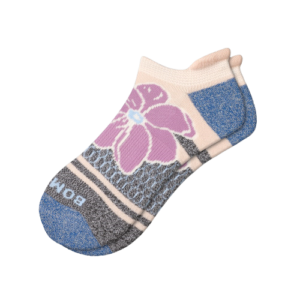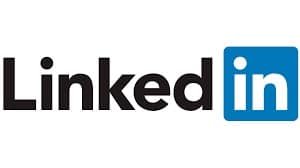Exporting socks from China to Europe can be lucrative—but only if you manage customs clearance properly. Many promising deals fall apart due to unclear documentation, delayed inspections, or unexpected VAT charges. Buyers like Ron want fast and secure deliveries, while sellers like us at GlobalSock must ensure every pair gets through the border hassle-free.
The best way to navigate customs clearance for sock exports to Europe is to prepare accurate documentation, comply with EU product regulations, classify goods correctly, and choose efficient logistics partners.
The European Union has some of the most meticulous customs standards globally. In this article, I’ll guide you through the proven strategies we use at GlobalSock to keep our shipments moving swiftly through European borders.
What Documents Are Required for Exporting Socks to Europe?
Proper documentation is the first thing customs officers will check. If anything is missing, your socks may be delayed or rejected outright.
To export socks to Europe, you’ll need a commercial invoice, packing list, bill of lading or airway bill, and possibly a Certificate of Origin or EUR.1 movement certificate.
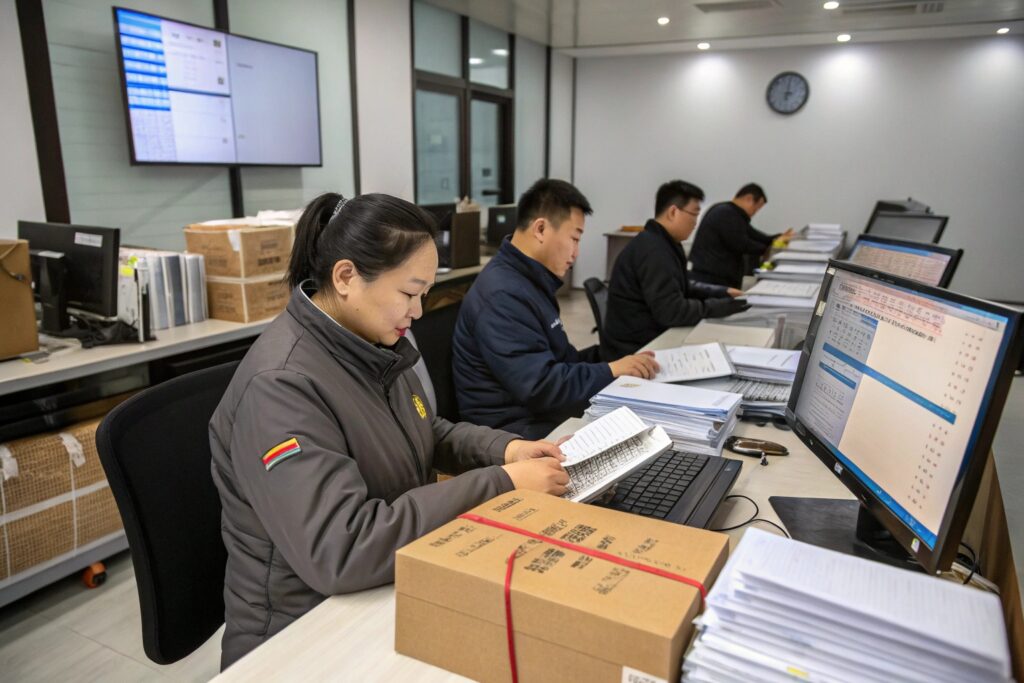
What Information Should a Commercial Invoice Include?
Your invoice isn’t just for your buyer—it’s a legal document for customs authorities.
Include:
- Exporter/importer name and address
- Full product description
- HS code (e.g., 6115.30.10 for cotton socks)
- Unit price and total value
- Country of origin
- Shipping terms (Incoterms like FOB or DDP)
For example, the European Commission’s TARIC system is an official tool to verify HS codes and duty rates. You can also use ICC Incoterms guidance to determine which party handles which part of the shipment.
Why Is the EUR.1 Certificate Important?
If your socks are made in China, EU tariffs will generally apply. But under certain trade agreements, such as those involving ASEAN, reduced tariffs may be possible.
EUR.1 (Movement Certificate) allows customs to verify the origin of goods. If you’re using bonded zones or re-exporting via places like Singapore or Vietnam, this document becomes critical. Without it, you may face full import duty.
How Are Socks Classified Under EU Customs Regulations?
HS classification may seem like a technicality, but a mistake here could mean fines or delays.
Socks are typically classified under HS code 6115, but the full code depends on material composition, gender, and use (e.g., sport or medical).
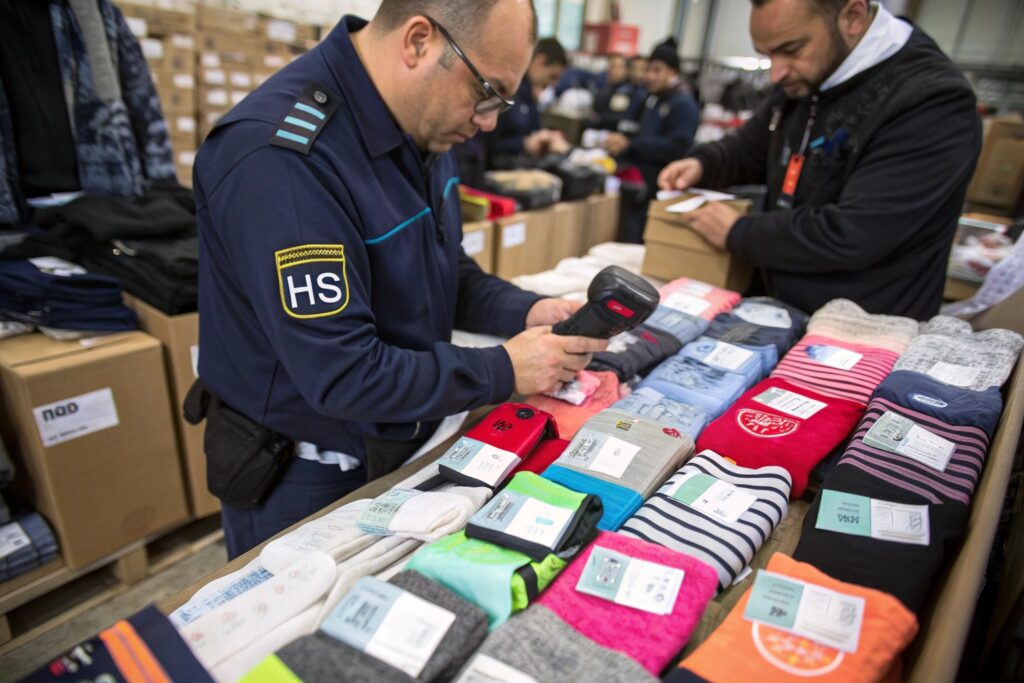
Which HS Codes Apply to Cotton vs. Synthetic Socks?
Here’s a basic guide to common HS codes for socks exported to Europe:
| Sock Type | Material | HS Code |
|---|---|---|
| Casual/Dress Socks | Cotton | 6115.30.10 |
| Sports Socks | Synthetic fibers | 6115.96.10 |
| Wool Socks | Merino Wool | 6115.92.00 |
| Compression Socks | Elastomer blends | 6115.96.90 |
You can check accurate tariffs and quotas at the UK Integrated Online Tariff or the EU TARIC portal.
Can Misclassification Lead to Penalties?
Absolutely. If you under-declare or use the wrong HS code, customs can delay your shipment, reclassify the goods, and fine your buyer. Some brokers even blacklist repeat offenders.
To avoid this, we work with CNAS-accredited testing labs to verify our yarn blends and include lab reports with every EU-bound order. These reports support the declared product type and content percentage.
What Compliance Rules Apply to Socks in the EU?
It’s not just about getting the socks there—it's about proving they meet European rules.
To sell socks in the EU, products must follow REACH regulations, include fiber content labeling, and sometimes even carry CE markings depending on function.
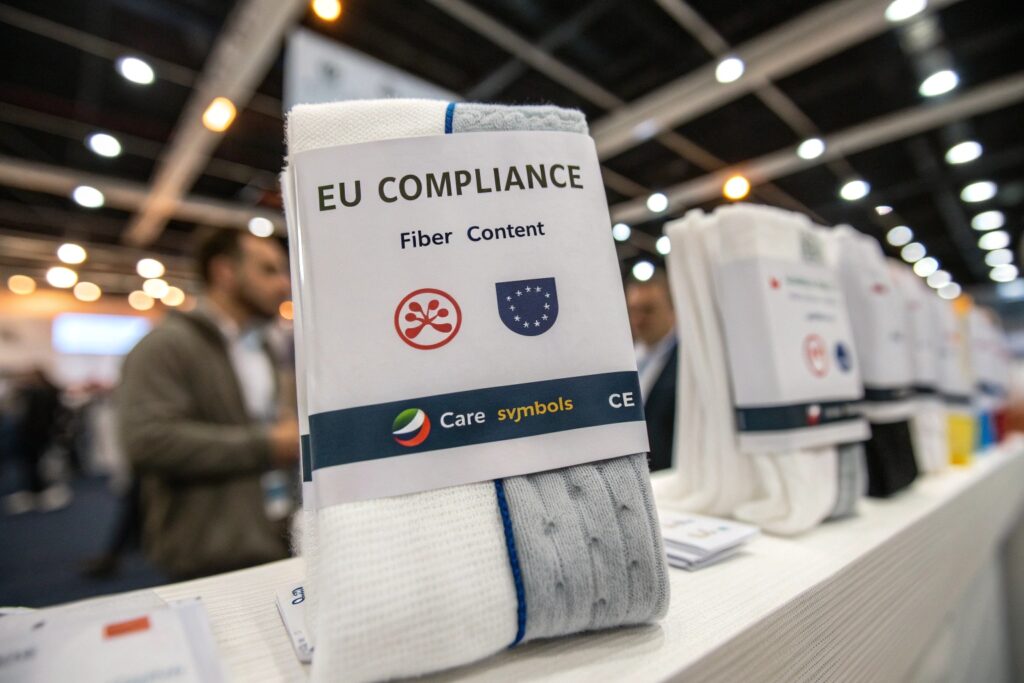
Do Socks Need to Follow REACH?
Yes. The EU’s REACH (Registration, Evaluation, Authorization, and Restriction of Chemicals) regulation ensures that no hazardous chemicals are present in imported textiles.
Socks containing dyes, elastics, or printed logos must be tested for:
- AZO dyes
- Formaldehyde
- Heavy metals (like cadmium or lead)
We ensure all our socks are tested at REACH-compliant facilities like Intertek or SGS, and we provide declarations to European buyers to streamline border checks.
What Labeling Is Required?
EU labeling rules require:
- Material composition (% of each fiber)
- Country of origin
- Care instructions using ISO-standard symbols
These labels must be sewn-in or firmly attached. For socks with medical benefits like compression, we also provide CE certification documentation as needed.
Which Logistics Strategies Speed Up Customs Clearance?
Many delays are not caused by missing paperwork—but by poor timing and route selection.
The best strategies include choosing the right Incoterms (like DDP), pre-clearing goods with brokers, using bonded warehouses in the EU, and working with experienced forwarders.
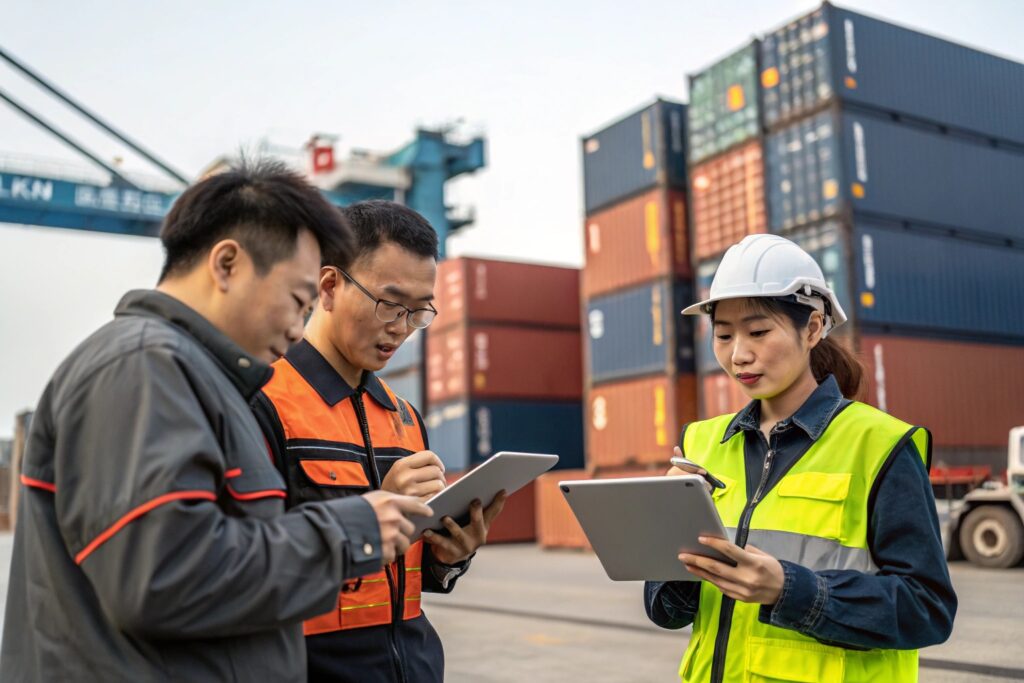
Is DDP Better Than FOB for Europe?
Yes, especially for smaller retailers or Amazon sellers. With DDP (Delivered Duty Paid), we as exporters handle duties, taxes, and delivery right to your warehouse. It’s predictable and headache-free.
Some of our clients rely on FedEx Cross Border or DHL’s DTP service for this setup.
On the other hand, FOB shifts the burden to the buyer. While it gives flexibility, it often results in delays when importers lack experience.
Should You Use Bonded Warehouses in the EU?
Absolutely. These warehouses let you:
- Store goods before duty is paid
- Consolidate partial shipments
- Pre-inspect and relabel stock
We work with bonded hubs in Rotterdam and Hamburg for our EU clients. This also gives us faster release during peak customs periods, like pre-Christmas or before trade shows like Première Vision Paris.
Conclusion
Navigating EU customs for sock exports may seem complex, but with the right documents, codes, certifications, and logistics, it becomes a repeatable process. At GlobalSock, we’ve helped thousands of buyers avoid pitfalls like misclassification, REACH non-compliance, or last-mile clearance delays. For buyers like Ron who value speed and accuracy, our one-stop solution gives peace of mind and strong returns. If you're sourcing socks for the European market, work with a partner who understands both the product and the paperwork.

